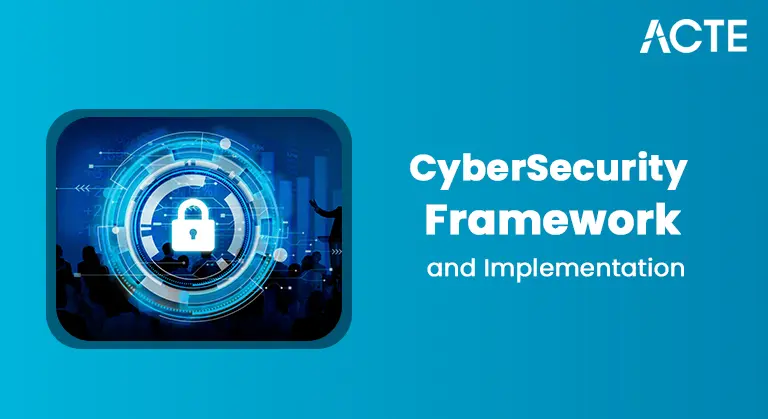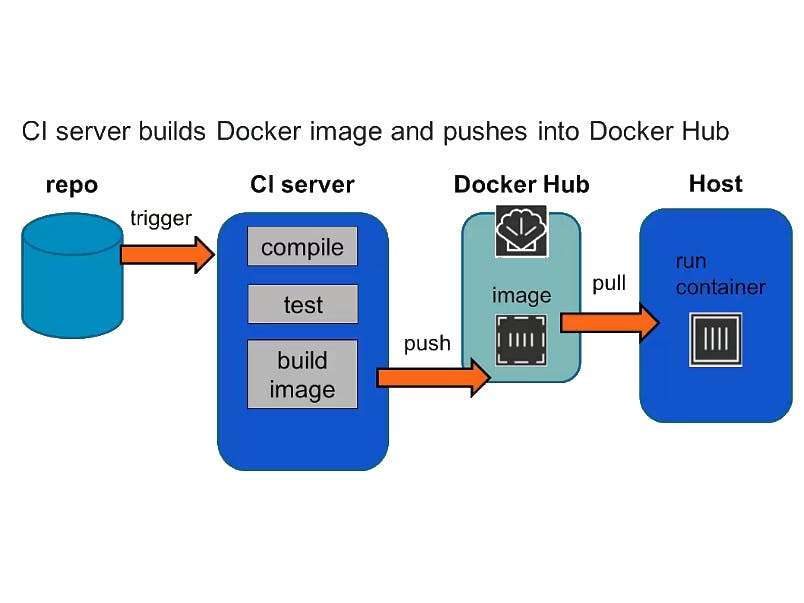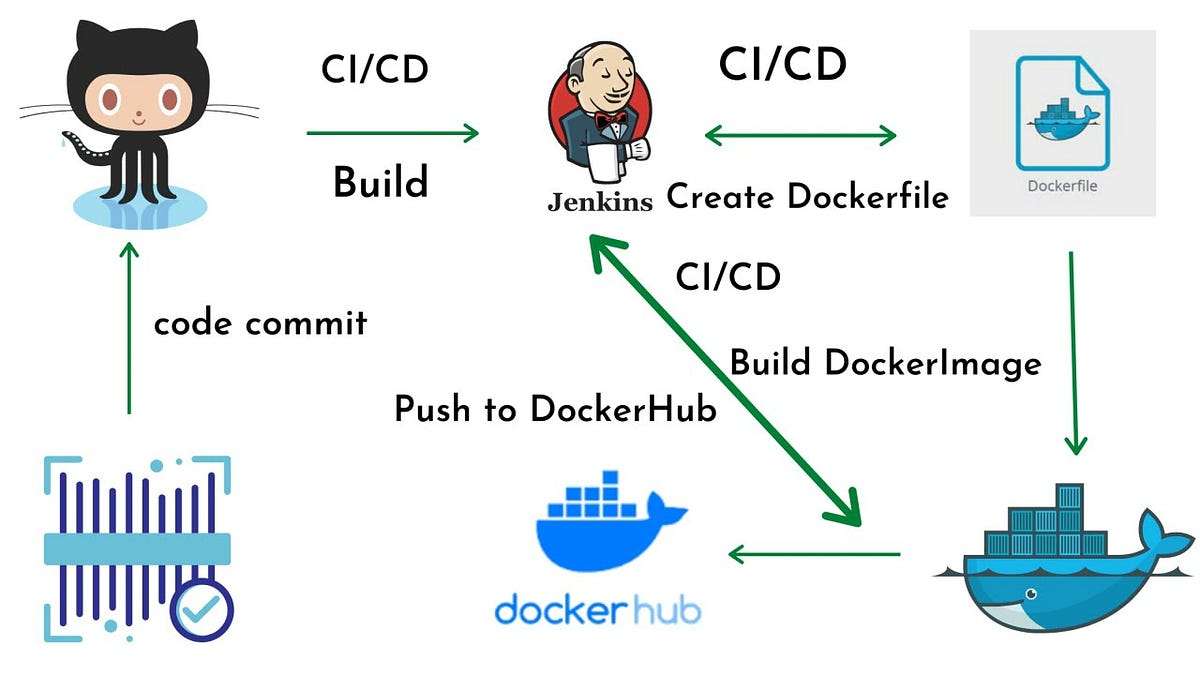
- Introduction to Docker Pull
- Understanding Docker Images
- Syntax and Usage of Docker Pull
- Pulling Images from Docker Hub and Private Repositories
- Managing Pulled Images
- Using Docker Pull in CI/CD Pipelines
- Handling Image Versioning with Docker Pull
- Docker Pull with Multi-Stage Builds
- Best Practices for Using Docker Pull in Production
- Conclusion
Introduction to Docker Pull
Docker is an essential tool for developers who need to deploy and run applications in an isolated and consistent environment. Docker enables you to use containers, which package an application along with its dependencies, libraries, and configurations, into a single object. One of the primary ways of obtaining these Docker containers is by using Docker images Docker Training are pre-configured environments containing all the necessary software and configurations to run a particular application. Docker provides a command-line interface (CLI) to manage and interact with Docker images and containers. One of the most important commands is docker pull, which allows developers to pull Docker images from a Docker registry (e.g., Docker Hub) to their local machine or server.
The docker pull command is the fundamental way of downloading images onto your local system, enabling you to build, run, and manage containers based on these images. The Docker Pull command is used to download images from a registry. By default, this command connects to Docker Hub, the default public repository, but it can also be used to pull images from other private or custom registries.
In this section, we will explore what Docker pull is, why it is important, and how it simplifies the deployment process for developers. As the Docker ecosystem is vast, understanding the docker pull command and how it fits into the image lifecycle is crucial for working efficiently with Docker containers.
Advance your Docker career by joining this Docker Training Course now.
How Docker Pull Fits Into the Docker Workflow
- Docker Images: Docker images serve as the blueprint for containers. They contain all the necessary components to run an application—such as the operating system, application code, runtime environment, libraries, and dependencies. Docker images are immutable, meaning they cannot be modified once created.
- Docker Containers: Containers are the executable instances created from Docker images. Containers run in an isolated environment, ensuring that an Applications of Cloud Computing runs consistently across different environments, from development to production.
- Docker Pull: The docker pull command is used to retrieve images from a Docker registry. Once the image is pulled, developers can use it to create containers that will execute the application.
- Images are composed of layers: Each Docker image consists of multiple layers that are stacked on top of each other. Layers can include operating system files, libraries, and application files. Docker uses a copy-on-write strategy for storing image layers, meaning that when an image is created or updated, Docker only adds new layers, while reusing existing ones when possible.
- Versioning and Tags: Docker images are tagged with unique identifiers called tags. Each image can have one or more tags to denote its version. For instance, the official Ubuntu image might have tags like Ubuntu: latest, ubuntu:20.04, or ubuntu:18.04. If no tag is provided, A Guide to Docker Containers uses the latest tag by default.
- Image ID: Every image has a unique identifier, called an image ID. This ID is a hash value that uniquely identifies the image.
- Immutable: Docker images are immutable, which means they cannot be altered once they are created. If an image needs to be updated, a new image must be created with the changes, ensuring version control.
- Docker file: A Docker file is a script used to automate the creation of a Docker image. It contains instructions for the Docker build process, such as the base image to use, additional dependencies, and any other custom configurations needed for the image.
- docker pull [OPTIONS] IMAGE[:TAG|@DIGEST]
- IMAGE: The name of the image you want to pull. This could be a public image from Docker Hub or a private image hosted in a custom registry.
- TAG: The tag represents the version of the image you want to pull. If no tag is specified, the command defaults to pulling the latest version of the image.
- DIGEST: A unique identifier for an image, often used for specifying an exact version or digest hash of an image.
- Pulling the Latest Version of an Image:
To pull the latest version of an image from Docker Hub:
- docker pull ubuntu
This command will download the Ubuntu image with the latest tag from Docker Hub.
- Pulling a Specific Version of an Image:
To pull a specific version of an image, you can specify the tag:
- # docker pull ubuntu:20.04
This command pulls the Ubuntu image with the 20.04 tag.
- Pulling an Image from a Private Registry:
To pull an image from a private Docker registry, you can specify the registry URL:
- # docker pull myprivateregistry.com/myimage:latest
In this case, myprivateregistry.com is a custom registry, and my image: latest is the image you wish to pull.
Options for Docker Pull:
- –all-tags:
When you want to pull all the tags for a given image:
- # docker pull –all-tags ubuntu
- –disable-content-trust:
To skip image verification (not recommended for production):
- # docker pull –disable-content-trust ubuntu
- #docker pull nginx
- Login to the Registry:Use docker login to authenticate with a private registry:
- #docker login myprivateregistry.com
- Pull from the Private Registry: Once authenticated, you can pull images just like you would from Docker Hub:
- #docker pull myprivateregistry.com/my image: latest
- Tagging for Private Registries: When pushing an image to a private registry, make sure you tag it with the appropriate registry address:
- # docker tag my image myprivateregistry.com/my image:latest
- Viewing Pulled Images: To view all the images you have pulled and stored locally, use the docker images command:
This will list all the images along with their repository names, tags, and image IDs.
- #docker images
- Removing Pulled Images: To remove an image from your local system, use the docker rmi command:
This command will remove the specified image from your local cache.
- #docker rmi ubuntu:20.04
- Pruning Unused Images: If you want to clean up unused images, you can use the docker image prune command. This command removes all images that are not being used by any containers.docker image prune
To remove all unused images, even dangling ones, use:
- #docker image prune -a
- Pulling Updated Images: When you need to update an image to its latest version, you can simply run the docker pull again:
Docker will check if there is a newer version of the image and pull it if necessary.
- #docker pull ubuntu: latest
- Automated Builds: In a CI/CD pipeline, the docker pull command can be configured to pull the most recent image of the application or dependencies before a new build or test runs. This ensures that the environment is up-to-date with the latest code.
- Deployment: During deployment, the pipeline can automatically pull the latest stable images from Docker Hub or a private registry to deploy updated versions of containers in production or staging environments. For example, in a Jenkins pipeline, you might have a step to pull the Docker image before running tests:
- docker pull myregistry.com/myapp:latest
- docker run myregistry.com/myapp:latest ./test-script.sh
- Semantic Versioning: It’s a common practice to follow semantic versioning for Docker image tags (e.g., 1.0.0, 1.1.0, 2.0.0). This helps identify major, minor, and patch releases.
- Tagging for Different Environments: Different tags can be used for different stages of the pipeline. For example, you might pull my app: dev for development environments and my app: prod for production deployments.
- Handling Deprecated Versions: It’s important to manage old and deprecated versions by either removing them or ensuring they are still compatible with the applications that depend on them. You can use docker pull –all-tags to pull all versions and compare them if needed.
- Base Image Pulls: In a multi-stage Dockerfile, you might start by pulling an image that contains the necessary build tools (e.g., Node.js, Python, Go).
- Optimizing Final Image Size: After the build process, you can switch to a minimal image (e.g., alpine), pulling this image to copy only the necessary artifacts into it. This reduces the final image size and ensures security by not including unnecessary tools.
- FROM node:16 as a builder
- WORKDIR /app
- COPY . .
- RUN npm install
- FROM node: alpine
- WORKDIR /app
- COPY –from=builder /app /app
- CMD [“npm”, “start”]
Understanding Docker Images
Docker images are at the heart of the Docker ecosystem. Understanding what they are, how they are structured, and how they are created and stored is crucial to effectively using the Docker platform.
A Docker image is a read-only template used to create Docker containers. An image is composed of several layers that build upon each other. Each layer in the image corresponds to a file system change. For example, the base operating system layer (such as Ubuntu or CentOS) might be the first layer, and additional layers are added on top to install the application and its dependencies.

Docker images are portable, meaning that the application and its environment can be transferred and executed across any system that supports Docker, without worrying about differences in environments. With Docker images, developers can be confident that the application will behave the same way across different stages of the development pipeline, such as development, testing, and production. Docker Training uses a layered system for images, meaning that Docker can reuse layers across different images, reducing the need for duplicate data and improving the speed and efficiency of image downloads. Docker images can be easily replicated across different environments. If you need to scale an application, you can quickly deploy additional containers based on the same image.
Unlock your potential in Docker with this Docker Training Course.
Syntax and Usage of Docker Pull
The docker pull command is simple, but its functionality is powerful. It allows you to download images from a registry, ensuring you have the latest version of the image to run in your containers. Below is the general syntax and usage for the docker pull command:
Examples of Docker Pull Usage:
Pulling Images from Docker Hub and Private Repositories:
Docker Hub is the default registry where most Docker images are stored. However, you can also use private repositories for storing and pulling images. Let’s look at how to work with both.
Docker Hub:Docker Hub is the default public registry for Docker images. It contains a vast collection of images for popular operating systems, web servers, databases, and more. You can pull any public image by simply specifying its name. Example:
This command will download the nginx image from Docker Hub.
Private Registries:Docker also supports private registries, which are repositories that require Azure SSO to Secure and Scalable Authentication to access. To pull an image from a private registry, follow these steps:
Managing Pulled Images:
Once you’ve pulled Docker images, they are stored on your local system. Docker uses the local image cache to store these images, which allows you to quickly run containers without needing to pull the image again. Let’s explore how to manage these pulled images.
Certainly! Here are 4 additional side headings and their corresponding contents to further expand the topic on Docker Pull:
Using Docker Pull in CI/CD Pipelines
Integrating Docker Pull with Continuous Integration (CI) and Continuous Deployment (CD) workflowsIn modern software development, Jenkins Pipeline automate the building, testing, and deployment of applications. Docker images play an important role in CI/CD systems. Developers can use the docker pull command to automatically retrieve the latest version of an image in a pipeline, ensuring that the right environment is used every time a build is created.

Take charge of your Cloud Computing career by enrolling in ACTE’s Cloud Computing Master Program Training Course today!
Handling Image Versioning with Docker Pull
Understanding Image Versioning StrategiesVersioning Docker images allows you to manage and control the state of your application across different environments. When using docker pull, it’s essential to understand how to manage tags and image versioning effectively to ensure that the right version of the image is being used.
Using proper versioning allows you to have consistent and reliable deployments.
Docker Pull with Multi-Stage Builds
Optimizing Docker Images with Multi-Stage BuildDocker allows the use of multi-stage builds, where different images are used in the same Dockerfile to build a final production image. You can pull images during each stage of the build process, optimizing the final result.
For example, a Docker file using multi-stage builds could look like this:
Stage 1: Build StageStage 2: Production Stage
In this case, Docker will pull node:16 for building and then node: alpine for the final image, making the container lighter and more secure.
Preparing for a job interview? Explore our blog on <Docker Interview Questions and Answers!
Best Practices for Using Docker Pull in Production
Ensuring Stability and Security in Production Environments
When using docker pull in production environments, it’s crucial to ensure that the pulled images are stable, secure, and production-ready. Here are some best practices for using Docker images in production: Always pull images from trusted registries (e.g., Docker Swarm Architecture, private registries). When possible, use official images or images from known vendors.Use Docker’s built-in –disable-content-trust option sparingly in production, as this skips content verification. For production deployments, always verify the integrity of the images to prevent tampering. docker pull –disable-content-trust=false ubuntu:20.04. Avoid pulling the latest tag in production, as this might lead to unexpected behavior. Always use specific tags or digests to pull stable and verified images. Use tools like Watchtower to automatically update images on production systems while maintaining control over when updates occur. By following these practices, you ensure the reliability and security of your production environment, minimizing risks associated with running outdated or vulnerable images. With these additional sections, you now have a comprehensive understanding of docker pull in various contexts, from CI/CD to multi-stage builds and best practices for production environments.
Conclusion
The docker pull command is an essential tool in the Docker ecosystem. Docker Training Course simplifies the process of fetching images from Docker registries, whether public or private. By understanding how to use Docker images and manage them effectively, developers can streamline their workflow, enhance application portability, and ensure consistent deployments. Whether you are working with official images from Docker Hub or custom images from private registries, mastering the docker pull command will help you harness the full power of Docker containers.





